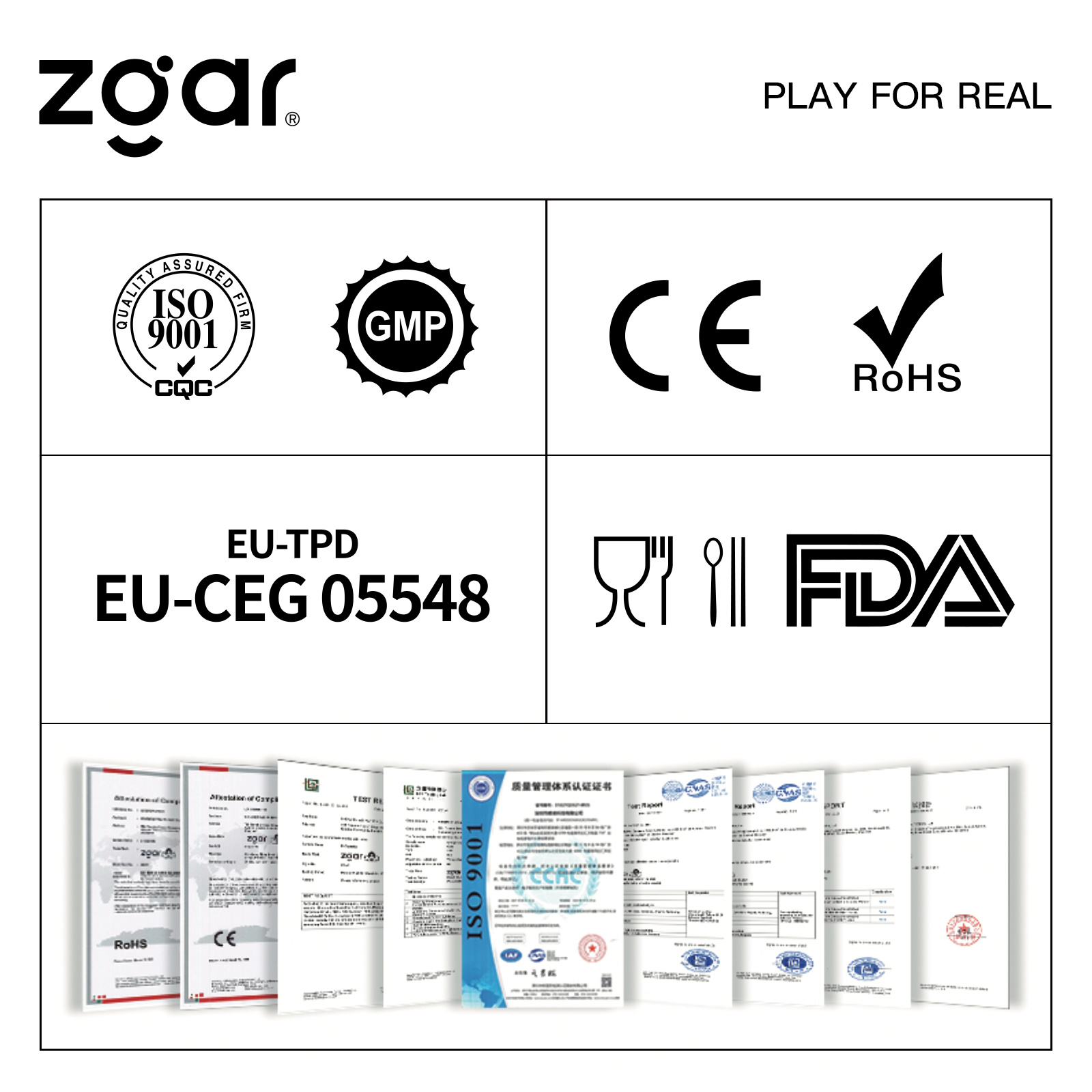At present, P2P has been increasingly used as a popular network technology in Internet file sharing, distributed computing, resource search and other fields. P2P technology combines various user nodes into a network, shares the bandwidth, and processes the information together. P2P networks are decentralized, self-organizing and dynamic (network) in a pure sense, and provide another option for the traditional server-client computing model, reflecting the idea of ​​self-organizing networking. At present, there is no unified definition of P2P in academia and industry, all of which describe the characteristics of P2P applications from different application perspectives. The common point of P2P is that it breaks the traditional Client / Server (C / S) mode, and the status of each node in the network is equal. Each node acts as a server to provide services for other nodes, while also enjoying the services provided by other nodes.
The three basic steps of P2P network work include: finding the network population and entering the network; finding the peers that need to interact and interacting with the peers. The basic principle has a close relationship with the P2P network topology.
The P2P networking mechanism has many similarities with the mobile ad hoc network, such as a fully distributed architecture, self-organizing, and dynamically changing topology.
1. Unstructured P2P network
(1) Centralized
Represented by Napster, it is not a pure P2P system in nature. Napster uses a central index server to store information about the index and storage location of music files shared by users. When a user needs a certain music file, he first establishes a connection with the central index server and performs related searches. After obtaining the file owner information returned by the server, a connection is established with the owner for file transmission. The centralized P2P network has simple maintenance and high retrieval efficiency. But because the entire system depends on the central index server, there is a single point of failure. At the same time, the scalability of this type of system is poor, and it cannot dynamically adapt to changes in the network scale. With the expansion of the network scale, the cost of maintaining and updating the central index server will increase dramatically, so the centralized topology is not suitable Large network applications.
(2) Fully distributed
To illustrate its principle with its typical representative Gnutella, Gnutella is a pure P2P network without a center. Each node randomly maintains its own local topological connection relationship, using "flooding" discovery and random forwarding based on completely random graphs. mechanism. When information search is needed, the Gnutella system will send a broadcast message to surrounding nodes, asking if there is relevant content. If there is relevant content in the surrounding nodes, the search result is sent back to the query node. Although the “flooding†based query technology of Gnutella system supports semantic query, it can effectively locate the content with high replication rate and can adapt to the dynamically changing P2P network environment, but this query mechanism cannot locate the scarce content in the network With the increase in the number of queries and the size of the network, the load on each node also increases rapidly, making the network non-scalable.
(3) Hierarchical
The hierarchical topology fully considers the heterogeneity of node capabilities, and selects nodes with higher performance such as processing, storage, and bandwidth as super nodes, and other nodes as ordinary nodes. Each super node has jurisdiction over certain common nodes, storing the file index of common nodes within its jurisdiction. Query requests are only forwarded between supernodes, which are responsible for forwarding these requests to the appropriate leaf nodes. The hybrid topology is actually a hierarchical topology. Super nodes form a high-speed query request forwarding layer, which not only reduces the query delay, but also extremely reduces the flooded query request traffic.
ZGAR AZ Vape Pods 5.0S
ZGAR electronic cigarette uses high-tech R&D, food grade disposable pod device and high-quality raw material. All package designs are Original IP. Our designer team is from Hong Kong. We have very high requirements for product quality, flavors taste and packaging design. The E-liquid is imported, materials are food grade, and assembly plant is medical-grade dust-free workshops.
From production to packaging, the whole system of tracking, efficient and orderly process, achieving daily efficient output. WEIKA pays attention to the details of each process control. The first class dust-free production workshop has passed the GMP food and drug production standard certification, ensuring quality and safety. We choose the products with a traceability system, which can not only effectively track and trace all kinds of data, but also ensure good product quality.
We offer best price, high quality Pods, Pods Touch Screen, Empty Pod System, Pod Vape, Disposable Pod device, E-cigar, Vape Pods to all over the world.
Much Better Vaping Experience!


ZGAR AZ Pods 5.0S Pods,ZGAR AZ Vape Pods 5.0S,ZGAR AZ Vape Pods 5.0S Pod System Vape,ZGAR AZ Vape Pods 5.0S Disposable Pod Vape Systems
Zgar International (M) SDN BHD , https://www.zgarvapor.com